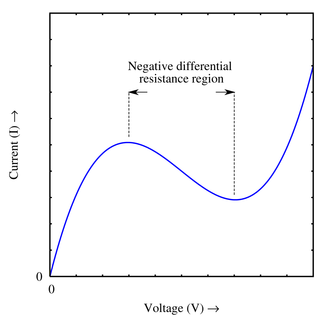subbuindia
Member level 5
- Joined
- Dec 13, 2011
- Messages
- 87
- Helped
- 11
- Reputation
- 22
- Reaction score
- 10
- Trophy points
- 1,288
- Location
- Vellalacheruvu(AP), India
- Activity points
- 1,908
do resister has -ve value?
Follow along with the video below to see how to install our site as a web app on your home screen.
Note: This feature may not be available in some browsers.
A thread was posted recently on this:do resister has -ve value?

Hi,
What is a positive resistor?
It is a device that follows:
R = V / I
Where the direction of its current (inside of it) is from its higher potential to its lower one (their difference is V).
We can conclude that anytime a positive resistor is energized, it creates automatically a device having a negative resistor of equal value which also follows:
R = V / I
But its current direction is reversed (from lower potential instead).
The main difference of the two sides is that the positive resistor is the master while the circuit part connected to its two terminals is just its follower. So, if the resistance value of the positive resistor is 100 Ohms, the circuit connected to it will have to be also 100 Ohms though negative.
Is this philosophy or electronics? It is up to you to decide :grin:
Kerim
There is a component that let its current decreasing when its voltage increases though you won't call it having a negative resistance. Could you guess it? :twisted:
There is a component that let its current decreasing when its voltage increases though you won't call it having a negative resistance. Could you guess it? :twisted:
It is the fuse :-D
blown out.....................This component can have the negative V-I slope once in its life...